Buying a Camera: Complete Guide to Choosing the Best Model
Introduction
Buying a camera is a big decision for any photography enthusiast or professional. With so many models available, it can be difficult to know which one to choose. This comprehensive guide will help you navigate the buying process, exploring the different types of cameras, what features to consider, and providing tips for making an informed choice.
Types of Cameras
1. Compact Cameras
Compact cameras are small, lightweight, and easy to carry. They are ideal for beginners or those who want a simple-to-use camera. Advanced models offer features like optical zoom and image stabilization.
2. Bridge Cameras
Bridge cameras sit somewhere between compacts and SLRs. They offer powerful zoom, manual controls, and good image quality. They're perfect for those who want more control without the complexity of an SLR.
3. Reflex Cameras (DSLR)
Single-lens reflex (DSLR) cameras are popular among advanced amateurs and professionals. They offer excellent image quality, interchangeable lenses, and full manual controls. SLRs are ideal for those who want maximum flexibility and superior performance.
4. Mirrorless Cameras
Mirrorless cameras combine the image quality and features of SLRs with the compactness of compacts. They do not have an internal mirror, making them lighter and smaller. They offer interchangeable lenses and are increasingly popular among photographers of all levels.
5. Instant Cameras
Instant cameras allow you to print photos immediately after taking them. They are ideal for social events and instant memories. While they don't offer the same image quality as other types of cameras, they are fun and easy to use.
Features to Consider
1. Resolution (Megapixels)
Resolution determines the size and quality of images. A camera with more megapixels offers more detailed photos, but it is not the only factor to consider. For most purposes, 16 to 24 megapixels is sufficient.
2. Sensor Size
Sensor size influences image quality, especially in low light. Full-frame sensors offer the best quality, followed by APS-C sensors and Micro 4/3 sensors.
3. Interchangeable Lenses
Cameras with interchangeable lenses, such as DSLRs and mirrorless cameras, offer creative flexibility. You can choose lenses that suit different types of photography, such as portraits, landscapes, or macro.
4. Shutter Speed and Burst
Shutter speed and burst capability are important for capturing moving subjects. A fast shutter speed and high burst rate help freeze the action without blur.
5. Image Stabilization
Image stabilization reduces blur caused by camera shake. It is especially useful in low light or for long focal lengths.
6. Video
If you plan on shooting video, check the camera's video capabilities. 4K resolution is now common, and features like continuous autofocus and video stabilization are nice to have.
7. Connectivity
Wi-Fi, Bluetooth, or NFC connectivity makes it easy to transfer photos to your smartphone or computer. This can make sharing and storing your images easier.
8. Ergonomics and Comfort
Make sure the device is comfortable to hold and use. Buttons and controls should be easily accessible, and the device should have a good grip.
Tips for Buying a Camera
1. Define your Needs
Think about what you want to do with your camera. Do you want to shoot landscapes, portraits, sports, or video? Your needs will determine the type of camera and what features you need.
2. Establish a Budget
Determine how much you're willing to spend. Cameras range widely in price, from affordable entry-level models to expensive professional equipment. Don't forget to factor in the cost of accessories, such as lenses, memory cards, and carrying bags.
3. Read Reviews and Comparisons
Check out user reviews and online comparisons for information on the performance and reliability of different models. Specialized websites and photography forums can offer valuable advice.
4. Try Before You Buy
If possible, try the camera out in store before you buy it. Check if you feel comfortable with its ergonomics, menus, and controls. This can greatly influence your long-term satisfaction.
5. Consider Technological Evolution
Technology is changing fast. Think about the future and your long-term needs. Choose a camera that can grow with you, with firmware updates and accessories available.
6. Buy Essential Accessories
Don’t forget essential accessories like memory cards, extra batteries, lens filters, tripods, and carrying bags. These accessories enhance your shooting experience and protect your gear.
Where to Buy a Camera
1. Specialty Stores
Photography specialty stores offer a wide range of products and expert advice. You can benefit from live demonstrations and quality after-sales service.
2. Online Stores
Online stores like Amazon, B&H Photo, and Fnac offer a great selection and often better prices. Read reviews carefully and check return policies before purchasing.
3. Second-hand Market
The second-hand market can be a great option to find quality cameras at discounted prices. Be sure to check the condition of the camera and buy from reputable sellers.
Conclusion
Buying a camera is an exciting step for any photographer. By understanding the different types of cameras, important features, and following practical tips, you can make an informed choice that will meet your needs and budget. Whether you are a beginner or a professional, there is a perfect camera to help you capture exceptional images.
FAQs
What type of camera is best for a beginner? For a beginner, a compact or bridge camera is ideal because of its ease of use and automatic features. Entry-level mirrorless cameras are also a great option for those who want more control.
What is the difference between a DSLR and a mirrorless camera? DSLRs use a mirror to reflect the image into the optical viewfinder, while mirrorless cameras do not have a mirror and use an electronic viewfinder. Mirrorless cameras are generally more compact and lightweight, but offer image quality and features comparable to DSLRs.
How many megapixels are needed for good image quality? For most purposes, 16 to 24 megapixels are sufficient to achieve high-quality images. More megapixels may be useful for very large prints or extensive cropping.
What are the essential accessories for a camera? Essential accessories include extra memory cards, spare batteries, a tripod, lens filters, and a carrying bag to protect and transport your equipment.
Where can I safely buy a used camera? To safely buy a used camera, check out trusted sites like eBay, Le Bon Coin, or specialty photography stores that offer used equipment with a warranty. Be sure to check the condition of the camera and read seller reviews.


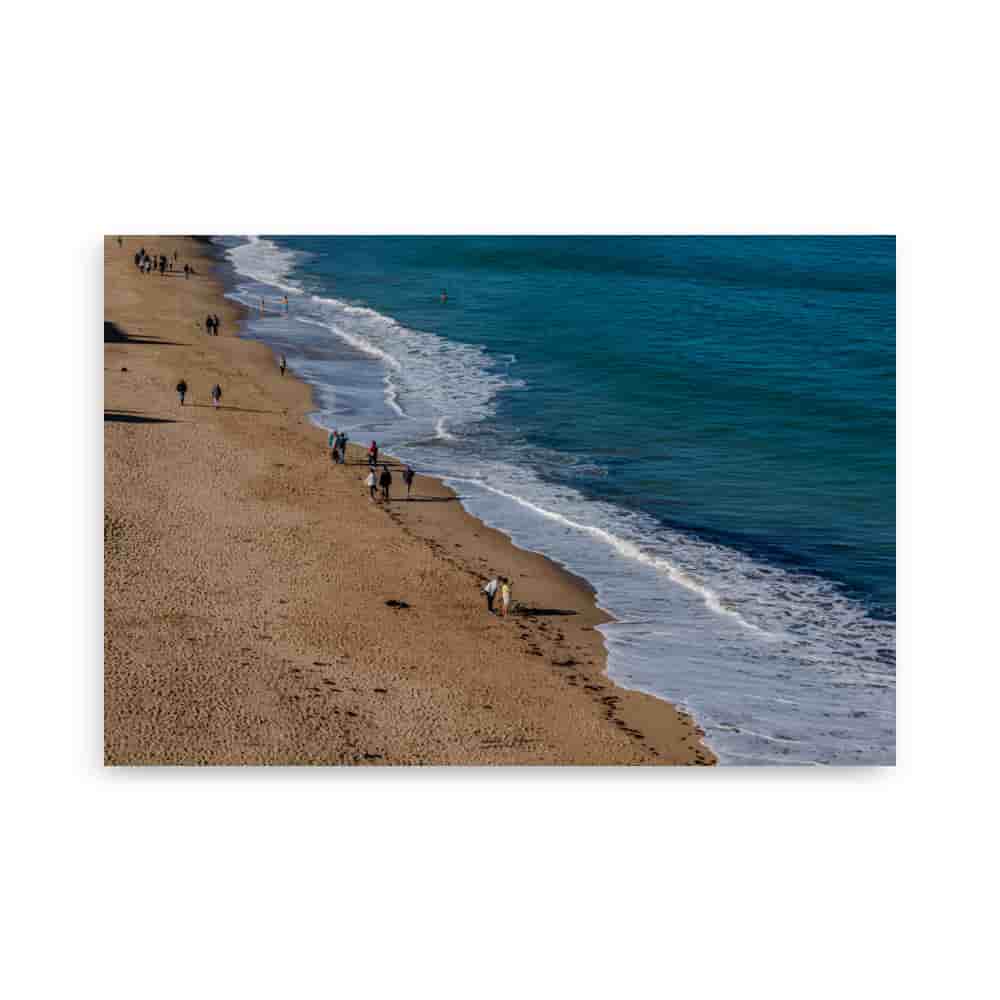
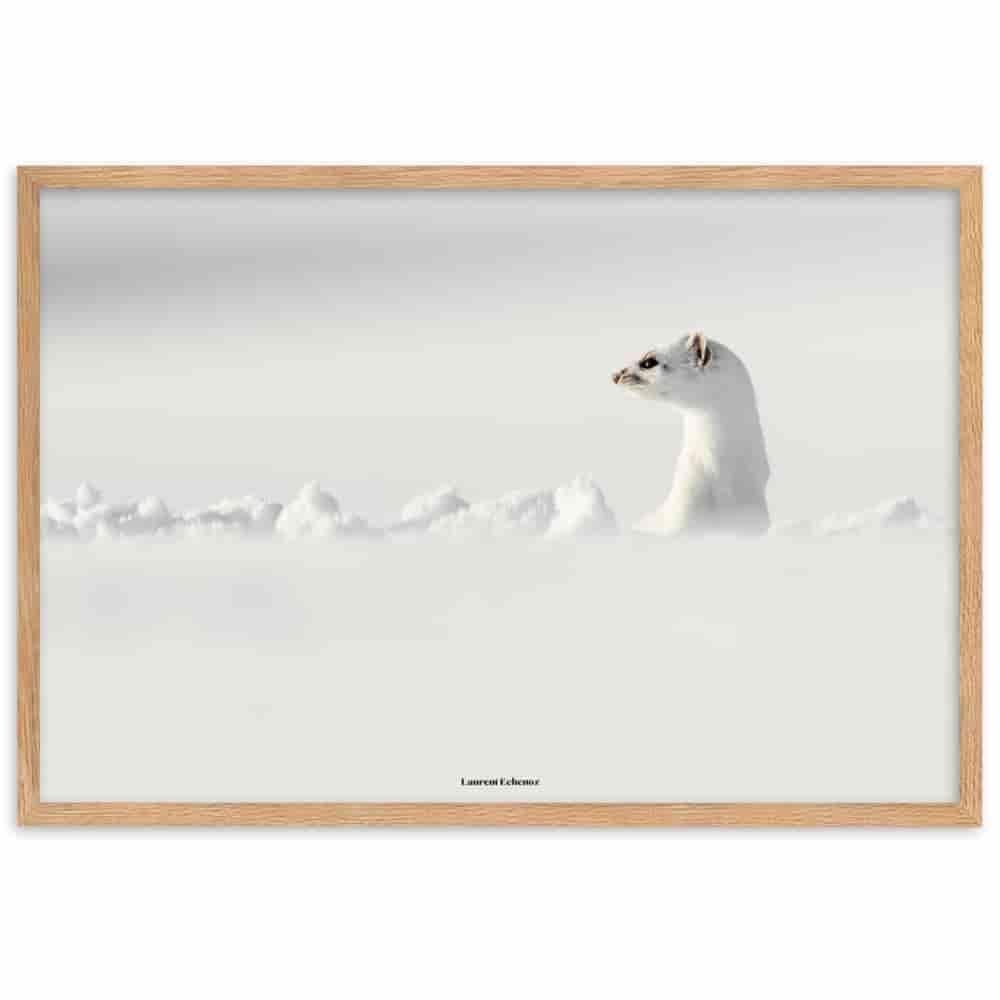
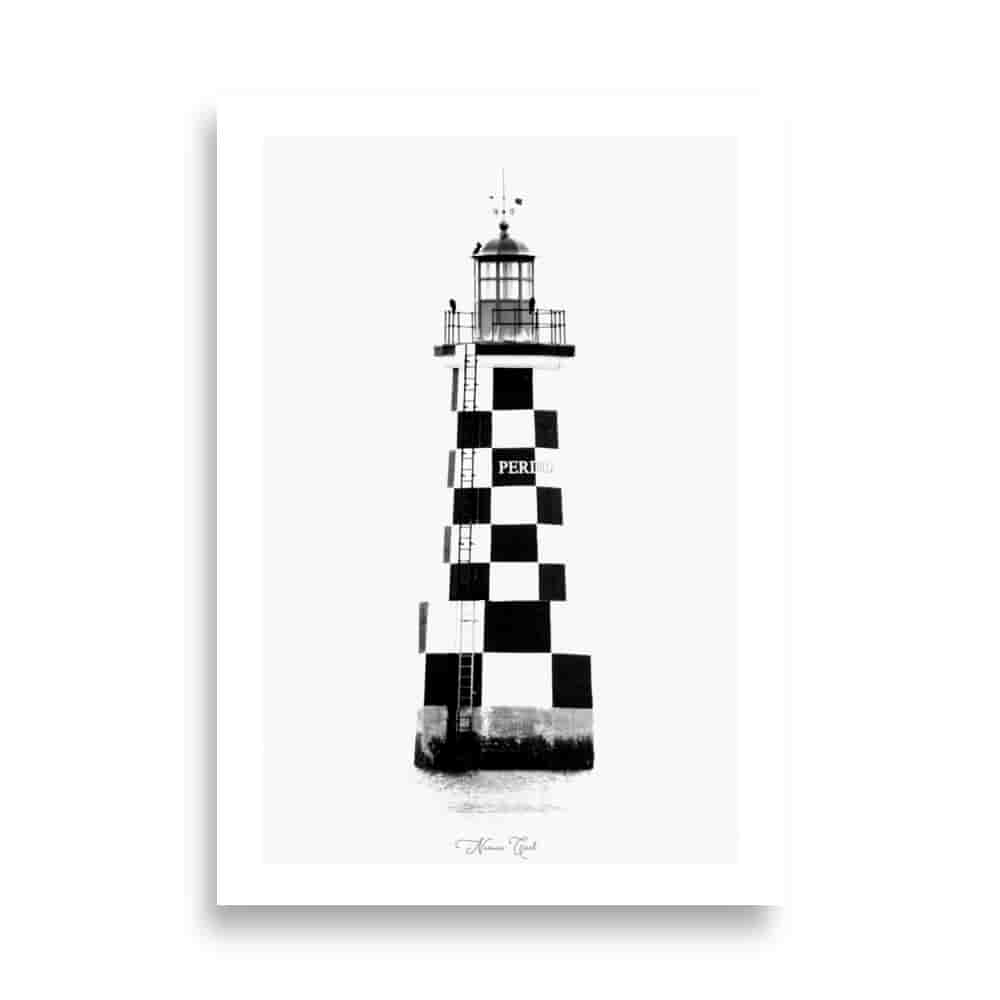
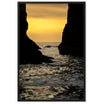






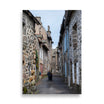




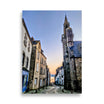


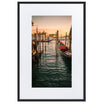










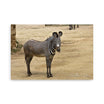


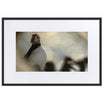



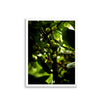


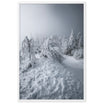


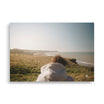
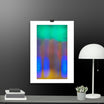




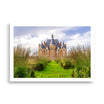

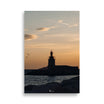


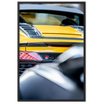

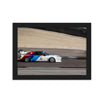

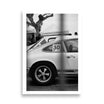
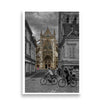





Leave a comment
All comments are moderated before being published.
This site is protected by hCaptcha and the hCaptcha Privacy Policy and Terms of Service apply.